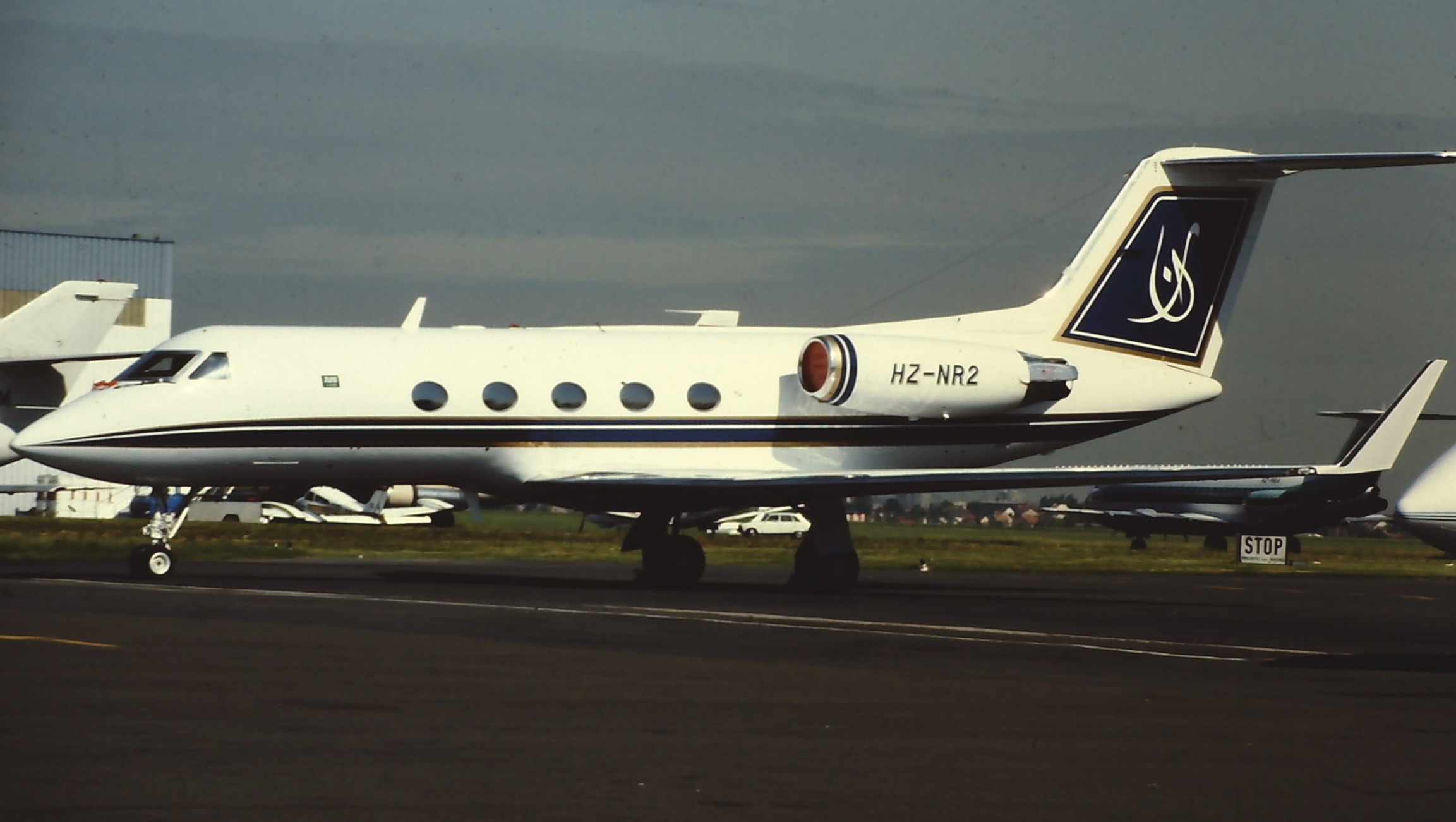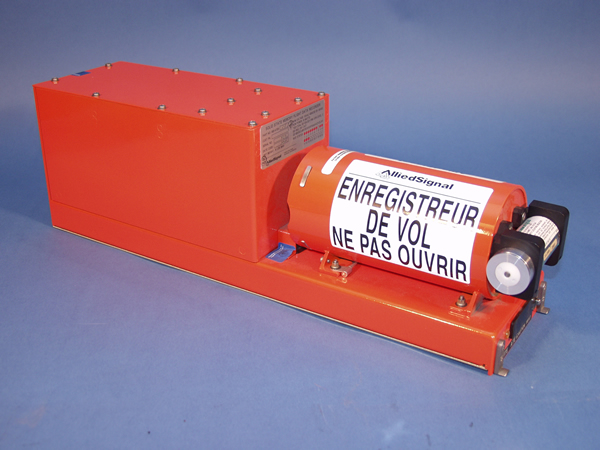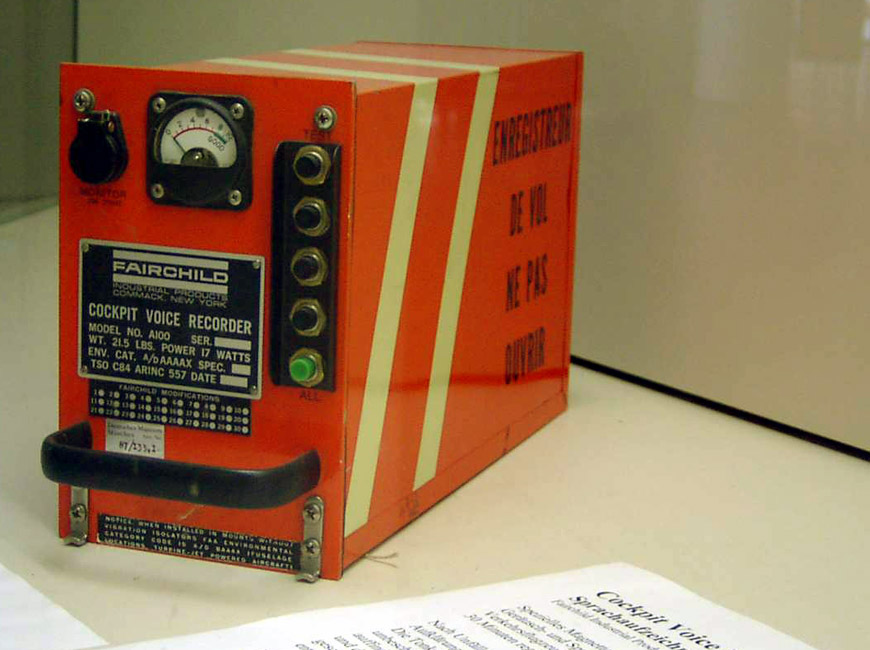|
2001 Avjet Aspen Crash
On March 29, 2001, a chartered Gulfstream III business jet operated by Avjet from Los Angeles, California, to Aspen, Colorado, crashed into the ground while on final approach. All three crew members and 15 passengers on board perished. The subsequent investigation by the National Transportation Safety Board concluded that the cause of the accident was the captain's premature descent below the minimum descent altitude, carried out without having the runway in sight. The accident's investigation also brought into focus several generic safety issues, such as pressure applied on charter pilots by customers, night flight into airports near mountainous terrain, and the ambiguity of some Federal Aviation Administration rules. Flight history Captain Robert Frisbie (44) and First Officer Peter Kowalczyk (38) reported for work at Avjet's Burbank, California facility around noon on the day of the accident. After checking the weather and the aircraft, they embarked on an 11-minute reposit ... [...More Info...] [...Related Items...] OR: [Wikipedia] [Google] [Baidu] |
Gulfstream III
The Gulfstream III, a business jet produced by Gulfstream Aerospace, is an improved variant of the Grumman Gulfstream II. Design and development The Gulfstream III was built at Savannah, Georgia, in the United States and was designed as an improved variant of the Grumman Gulfstream II. Design studies were performed by Grumman Aerospace Corporation in collaboration with Gulfstream American Corporation. Design of the Gulfstream III started with an effort to synthesize a completely new wing employing NASA supercritical airfoil sections and winglets. Optimization studies considering weight, drag, fuel volume, cost, and performance indicated that a substantial portion of the new wing benefit could be secured with modifications to the existing wing. As a result, the new wing concept was canceled and work began on design modifications that would retain the Gulfstream II wing box structure and trailing edge surfaces. Compared to the G-1159 Gulfstream II, the wing has more span a ... [...More Info...] [...Related Items...] OR: [Wikipedia] [Google] [Baidu] |
VHF Omnidirectional Range
Very high frequency omnirange station (VOR) is a type of short-range radio navigation system for aircraft, enabling aircraft with a receiving unit to determine its position and stay on course by receiving radio signals transmitted by a network of fixed ground radio beacons. It uses frequencies in the very high frequency (VHF) band from 108.00 to 117.95 MHz. Developed in the United States beginning in 1937 and deployed by 1946, VOR became the standard air navigational system in the world,VOR VHF omnidirectional Range , Aviation Tutorial – Radio Navaids, kispo.net used by both commercial and general aviation, until supplanted by satellite navigation systems such as ... [...More Info...] [...Related Items...] OR: [Wikipedia] [Google] [Baidu] |
Settlement (litigation)
In law, a settlement is a resolution between disputing parties about a legal case, reached either before or after court action begins. A collective settlement is a settlement of multiple similar legal cases. The term also has other meanings in the context of law. Structured settlements provide for future periodic payments, instead of a one time cash payment. Basis A settlement, as well as dealing with the dispute between the parties is a contract between those parties, and is one possible (and common) result when parties sue (or contemplate so doing) each other in civil proceedings. The plaintiffs and defendants identified in the lawsuit can end the dispute between themselves without a trial. The contract is based upon the bargain that a party forgoes its ability to sue (if it has not sued already), or to continue with the claim (if the plaintiff has sued), in return for the certainty written into the settlement. The courts will enforce the settlement. If it is breached, the pa ... [...More Info...] [...Related Items...] OR: [Wikipedia] [Google] [Baidu] |
NOTAM
A Notice to Airmen/Notice to Air Missions (NOTAM), is a notice filed with an aviation authority to alert aircraft pilots of potential hazards along a flight route or at a location that could affect the flight. NOTAMs are unclassified notices or advisories distributed by means of telecommunication that contain information concerning the establishment, conditions or change in any aeronautical facility, service, procedure or hazard, the timely knowledge of which is essential to personnel and systems concerned with flight operations. NOTAMs are created and transmitted by government agencies and airport operators under guidelines specified by Annex 15: Aeronautical Information Services of the Convention on International Civil Aviation (CICA). The acronym ''NOTAM'' came into common use following the ratification of the CICA, which came into effect on 4 April 1947. Notices to airmen were normally published in a regular publication by each country's air authorities (e.g., in '' Flight Int ... [...More Info...] [...Related Items...] OR: [Wikipedia] [Google] [Baidu] |
Jump Seat
In aviation, a jump seat or jumpseat is an auxiliary seat for individuals—other than normal passengers—who are not operating the aircraft. In general, the term 'jump seat' can also refer to a seat in any type of vehicle which can fold up out of the way; vehicles include carriages, automobiles, vans, buses, fire tenders, and taxicabs. The term originated in the United States c. 1860 for a movable carriage seat. In land vehicles Jump seats originated in horse-drawn carriages. Jump seats were features of many early automobiles, but are now rare, present mainly in limousines. They are also used in UPS delivery vans. Some pickup trucks also employ jump seats, particularly those with an extended cab which don't have room for full rear passenger seats. These seats are often mounted against the side of the cab interior and fold up when not in use. In airplanes In airplanes, jump seats—which are officially termed ''auxiliary crew stations''—can be located in the flight de ... [...More Info...] [...Related Items...] OR: [Wikipedia] [Google] [Baidu] |
Cockpit
A cockpit or flight deck is the area, usually near the front of an aircraft or spacecraft, from which a Pilot in command, pilot controls the aircraft. The cockpit of an aircraft contains flight instruments on an instrument panel, and the controls that enable the pilot to fly the aircraft. In most airliners, a door separates the cockpit from the aircraft cabin. After the September 11 attacks, September 11, 2001 attacks, all major airlines Airport_security_repercussions_due_to_the_September_11_attacks#Improved_security_on_aircraft, fortified their cockpits against access by aircraft hijacking, hijackers. Etymology The word cockpit seems to have been cockpit (sailing), used as a nautical term in the 17th century, without reference to cock fighting. It referred to an area in the rear of a ship where the cockswain's station was located, the cockswain being the pilot of a smaller "boat" that could be dispatched from the ship to board another ship or to bring people ashore. The ... [...More Info...] [...Related Items...] OR: [Wikipedia] [Google] [Baidu] |
Flight Data Recorder
A flight recorder is an electronic recording device placed in an aircraft for the purpose of facilitating the investigation of aviation accidents and incidents. The device may often be referred to as a "black box", an outdated name which has become a misnomer—they are now required to be painted bright orange, to aid in their recovery after accidents. There are two types of flight recording devices: the flight data recorder (FDR) preserves the recent history of the flight through the recording of dozens of parameters collected several times per second; the cockpit voice recorder (CVR) preserves the recent history of the sounds in the cockpit, including the conversation of the pilots. The two devices may be combined into a single unit. Together, the FDR and CVR objectively document the aircraft's flight history, which may assist in any later investigation. The two flight recorders are required by international regulation, overseen by the International Civil Aviation Organiza ... [...More Info...] [...Related Items...] OR: [Wikipedia] [Google] [Baidu] |
Air Taxi
An air taxi is a small commercial aircraft that makes short flights on demand. In 2001 air taxi operations were promoted in the United States by a NASA and aerospace industry study on the potential Small Aircraft Transportation System (SATS) and the rise of light-jet aircraft manufacturing. Since 2016, air taxis have reemerged as part of the burgeoning field of eVTOL. Regulation In Canada, air taxi operations are regulated by Transport Canada under Canadian Aviation Regulation 703. The Canadian definition of air taxi includes all commercial single-engined aircraft, multi-engined helicopters flown by visual flight rules by one pilot and all multi-engined, non-turbo-jet aircraft, with a maximum take-off weight or less and nine or fewer passenger seats, that are used to transport people or goods or for sightseeing. In the US, air taxi and air charter operations are governed by 14 CFR Part 135 and 14 CFR part 298 of the Federal Aviation Regulations (FAR). [...More Info...] [...Related Items...] OR: [Wikipedia] [Google] [Baidu] |
Code Of Federal Regulations
In the law of the United States, the ''Code of Federal Regulations'' (''CFR'') is the codification of the general and permanent regulations promulgated by the executive departments and agencies of the federal government of the United States. The CFR is divided into 50 titles that represent broad areas subject to federal regulation. The CFR annual edition is published as a special issue of the ''Federal Register'' by the Office of the Federal Register (part of the National Archives and Records Administration) and the Government Publishing Office. In addition to this annual edition, the CFR is published online on the Electronic CFR (eCFR) website, which is updated daily. Background Congress frequently delegates authority to an executive branch agency to issue regulations to govern some sphere. These statutes are called "enabling legislation." Enabling legislation typically has two parts: a substantive scope (typically using language such as "The Secretary shall promulgate ... [...More Info...] [...Related Items...] OR: [Wikipedia] [Google] [Baidu] |
Cockpit Voice Recorder
A flight recorder is an electronic recording device placed in an aircraft for the purpose of facilitating the investigation of aviation accidents and incidents. The device may often be referred to as a "black box", an outdated name which has become a misnomer—they are now required to be painted bright orange, to aid in their recovery after accidents. There are two types of flight recording devices: the flight data recorder (FDR) preserves the recent history of the flight through the recording of dozens of parameters collected several times per second; the cockpit voice recorder (CVR) preserves the recent history of the sounds in the cockpit, including the conversation of the pilots. The two devices may be combined into a single unit. Together, the FDR and CVR objectively document the aircraft's flight history, which may assist in any later investigation. The two flight recorders are required by international regulation, overseen by the International Civil Aviation Organiza ... [...More Info...] [...Related Items...] OR: [Wikipedia] [Google] [Baidu] |





.jpg)

